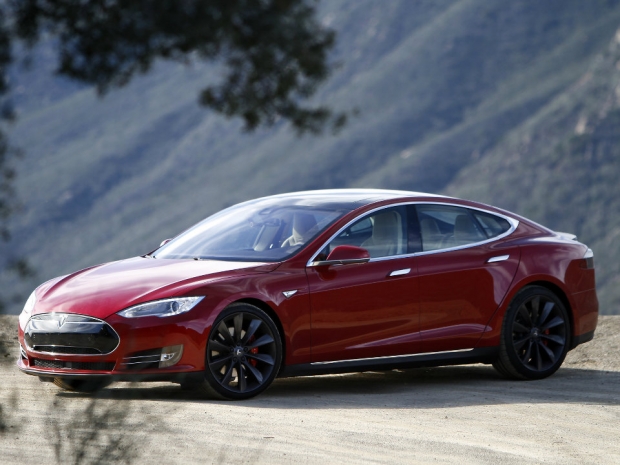Since 2012, Tesla has recommended Model S and Model X owners have their cars serviced every year, or approximately every 12,500 miles. Before Sunday, Tesla owners could pre-purchase yearly servicing at $1,900 for 4 years, or $3,800 for 8 years. As of now, the same services will cost $2,100 for 4 years and $4,000 for 8 years. This brings the total of each plan up by $200 over four years. The company has also removed free wheel alignments as part of its maintenance packages, according to recent adjustments on its vehicle configurator webpages.
A possible impact of this decision is a Tesla owner not being able to sell a vehicle for the same resale value, as they will not be able to include a multi-year factory warranty. Some analysts have reassured the media that this isn’t likely to be an issue, citing the affluence of its average customer.
"Tesla has an affluent customer base, and these buyers rarely keep a car longer than 4 years or 50,000 miles," says Karl Brauer, automotive industry analyst for Kelley Blue Book. "By eliminating the warranty transfer option Tesla has largely neutralized the benefits of its extended warranty coverage. It lets Tesla technically offer longer vehicle coverage while exposing the automaker to minimal real-world cost increases... Bottom line, if you can't transfer the warranty, your options as a buyer are reduced."
Perhaps the bigger change to Tesla’s servicing options as of Sunday is the removal of being able to transfer extended warranty and prepaid service plans when selling a used Tesla Model S or Model X. The new policy imposes a ban on transferring extended warranties and prepaid servicing packages to new owners. Existing owners will be able to cancel their existing plans and get pro-rated reimbursements for the remaining warranty or servicing timeframe, but they will not be able to transfer them to new owners. In the past, these transfers cost a new only just $100. Now, they will pay the full price just as the previous owner did.
Tesla may be removing the extended warranty transfer option simply because it believes most buyers will not have their vehicles longer than 4 to 5 years. This would imply that launch-day Tesla Model S owners who received their vehicles in Q4 2012 are due for another upgrade in Q4 2017. Perhaps the company will have improved the efficiency of its battery units and drivetrains so significantly that many users will be convinced to sell and upgrade to the new full-refresh model year lineup.
With the company’s midrange Model 3 announcement next month, we are expecting the technological improvements and drivetrain enhancements may give consumers a hint at what to expect with the next full refreshes to its flagship Model S and Model X lineups when those days arrive in the near future.




